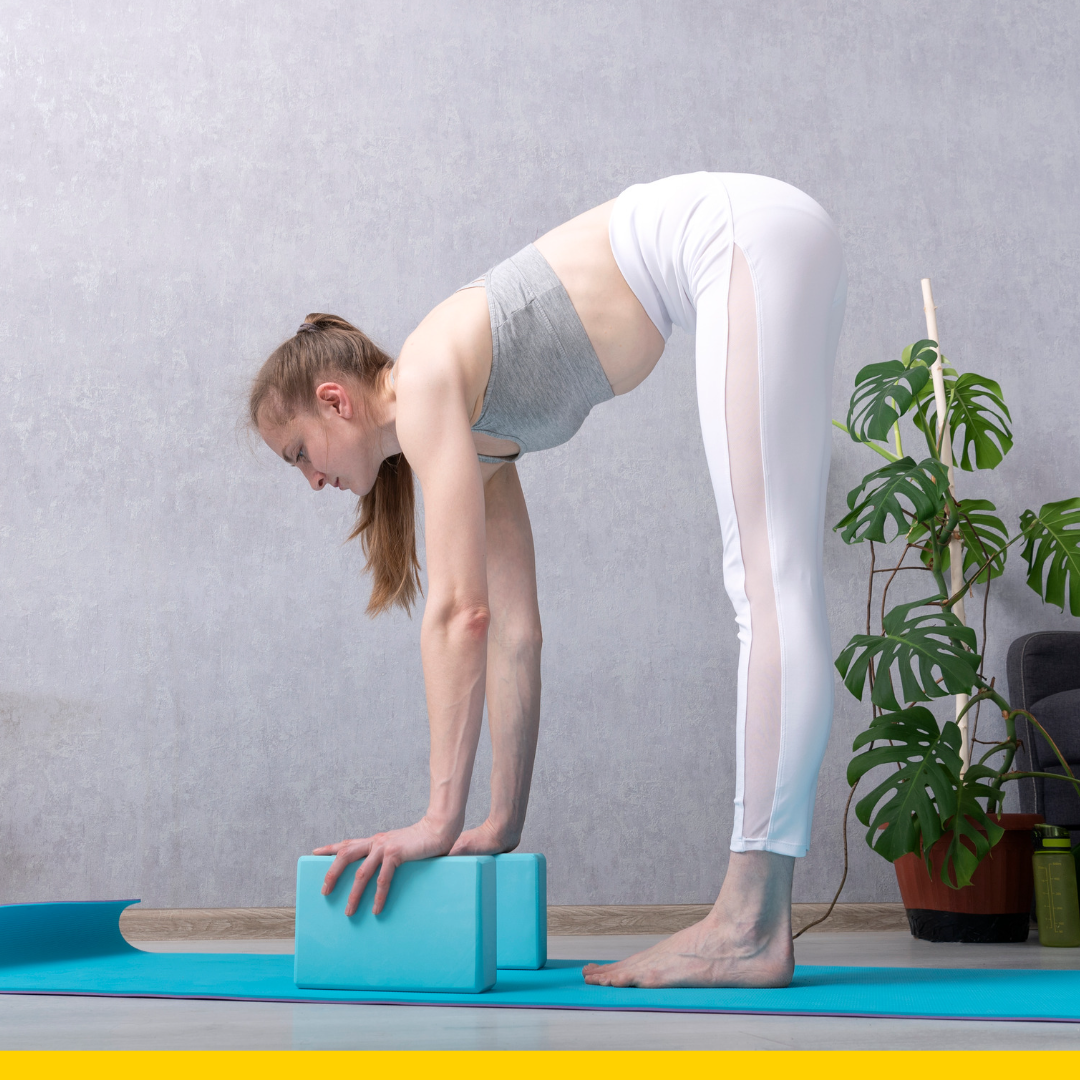Yoga Bricks The Perfect Companion for Your Yoga Practice

If you’re a seasoned yogi or a newbie, you’ve probably heard of yoga bricks. These small, rectangular blocks made of foam or cork are often used as props during yoga practice. They can help you achieve proper alignment, increase flexibility, and deepen your stretches. In this article, we’ll delve into the world of yoga bricks, exploring their benefits, uses, and types.
What are Yoga Bricks?
Yoga bricks, also known as yoga blocks, are simple props that can enhance your yoga practice. They’re typically made of foam or cork, but you can also find them in wood or bamboo. The most common size is 9 x 6 x 4 inches, but they can also come in larger or smaller sizes.

Benefits of Yoga Bricks
Yoga brick offers many benefits for yogis of all levels. Here are a few ways yoga brick can enhance your practice:
Improves Alignment
Yoga bricks can help you achieve proper alignment in poses where your hands can’t quite reach the ground. By placing a brick under your hand, you can lengthen your spine and create more space in your body, allowing you to move deeper into the pose.
Increases Flexibility
Yoga bricks can help you increase your flexibility by giving you a little extra support in challenging poses. For example, if you’re struggling to touch your toes in a forward fold, you can place a brick under your hands and work on stretching your hamstrings slowly over time.
Deepens Your Stretches
Yoga bricks can also help you deepen your stretches by providing an extra point of leverage. For example, in a seated forward fold, you can place a brick on your feet and use it to gently pull yourself closer to your legs.
Provides Support
For those with injuries or limitations, yoga bricks can provide support and stability in poses. For example, if you have a wrist injury, you can place a brick under your hand in a plank pose to take pressure off your wrist.
Types of Yoga Bricks
Yoga bricks come in various types and materials. Here are a few of the most common types:
Foam Yoga Bricks
Foam yoga brick is the most common type of yoga brick. They’re lightweight, easy to carry, and affordable. Foam bricks are also soft and comfortable, making them ideal for restorative yoga or poses where you need a little extra cushioning.
Cork Yoga Bricks
Cork yoga brick is a little more expensive than foam bricks, but they’re also more durable and environmentally friendly. Cork bricks are firmer than foam bricks, making them ideal for poses where you need more support or stability.
Wood Yoga Bricks
Wood yoga brick is the most expensive and least common type of yoga brick. They’re typically made of bamboo or birch wood and are very sturdy. Wood bricks are also heavier than foam or cork bricks, making them ideal for grounding poses or poses where you need a little more weight to stay balanced.
Morning or Evening Workouts The Science Behind- Which One Win?
How to Use Yoga Bricks
It can be used in a variety of ways, depending on your practice and needs. Here are a few examples:
Standing Poses
In standing poses like triangle poses or half-moon poses, you can use yoga bricks to help you reach the ground. Place a brick on the ground beside your foot and rest your hand on it, allowing you to lengthen your spine and maintain proper alignment.
Seated Poses
In seated poses like forward folds or seated twists, you can use yoga brick to deepen your stretches. Place a brick on your feet or between your knees and use it to gently pull yourself deeper into the pose.
Inversions
In inversions like shoulder stands or headstands, you can use yoga brick to support your neck or shoulders. Place a brick under your shoulders or neck to elevate them slightly and reduce pressure on your head and neck.
Restorative Yoga
In restorative yoga, yoga bricks can be used to support your body in gentle, relaxing poses. For example, you can place a brick under your head in a supported child’s pose to help you relax and release tension in your neck and shoulders.
FAQs about Yoga Bricks
Conclusion
Yoga Brick is a versatile and affordable prop that can enhance your yoga practice in many ways. Whether you’re looking to improve your alignment, increase your flexibility, or deepen your stretches, yoga bricks can help. By understanding the benefits, types, and uses of yoga brick, you can incorporate them into your practice and take your yoga journey to the next level.
So why wait? Grab a yoga brick and start exploring the possibilities today!
- Water Intake Calculator: Everything You Need to Know - September 7, 2024
- 5 Weight Gain Drink Recipes for Healthy Bulking - March 29, 2024
- High-Calorie Banana Shake for Weight Gain - March 27, 2024









